At the centre of aesthetic theory at the turn of the eighteenth century is the semi-mystical doctrine of the symbol. For romanticism, indeed, the symbol becomes the panacea of all problems. In eighteenth century England, the concept of literature was not confined as it sometimes is today to creative or imaginative writing. It meant the whole body of valued writing in society: philosophy, history, essays and letters as well as poems. Like religion, literature works primarily by emotion and experience and so was admirably well-fitted to carry through the ideological task which religion left off. The new critics broke boldly with the great man theory of literature, insisting that the author’s intentions in writing, even if they could be recovered, were of no relevance to the interpretation of his or her text. The challenge for genre theory is not just to account for the fact or variation from generic expectations or their different valuations although that challenge alone is a substantial one. Variation is also valued differently at different times and in different contexts, and even within one time and context, not all variations are valued alike. The challenge for writers and readers, as well as for theorists, becomes considerably more complicated with generic multiplicity and instability encompassed in genre theory. With a shared understanding of what genre is and how it operates, teachers in English departments could help students read and write flexibly.
Literary Theory and Criticism
In stock
Free & Quick Delivery Worldwide
reviews
Bibliographic information
Title
Literary Theory and Criticism
Author
Edition
1st ed.
Publisher
Jnanada Prakashan, 2012
ISBN
9788171394876
Length
301p., Bibliography; Index; 22cm.
Subjects

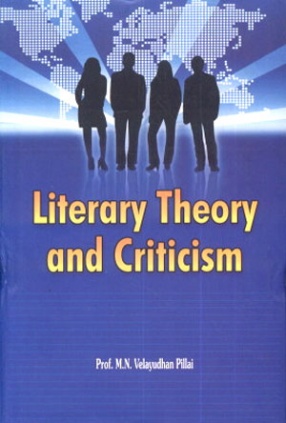
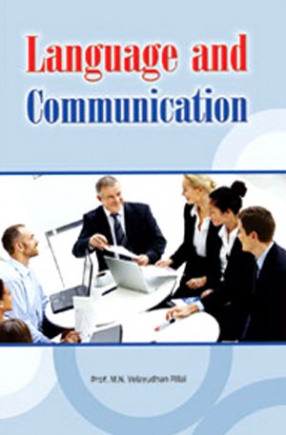
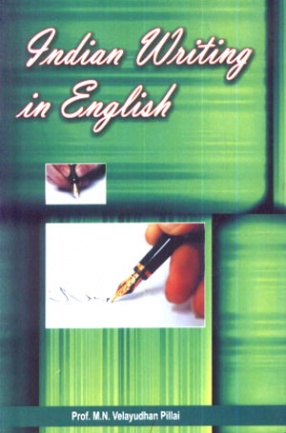
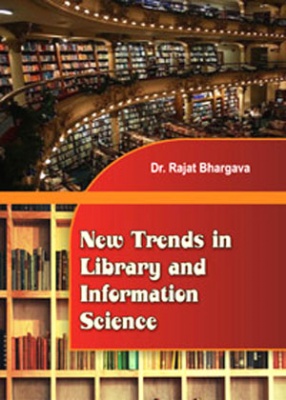
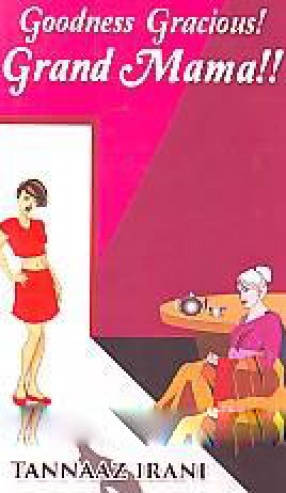

There are no reviews yet.